Introduction

To me, fast 28mm fullframe lenses are very useful. No matter where I go, I either carry a fast 28mm or a fast 35mm lens. When it comes to the 28mm focal length we are not exactly blessed with great options though. I gathered six of those ranging from f/1.2 to f/1.5 and will compare them, to give you an idea which might work best for your needs.
Last update: February 2025
Contents
Disclaimer: I only tested one sample of each lens. As sample variation comes into play, it is possible that any one of these lenses may perform above or below average in certain areas, e.g. corner sharpness.
Furthermore no lens is perfectly symmetrical, so it is possible I picked the best corner of one lens while I picked the worst of another. Sample variation usually has less of an affect on other aspects like bokeh, vignetting and color correction though.
The Nikon AF-S 28mm 1.4E as well as the Sigma 28mm 1.4 Art were kindly provided by two of our readers. Thanks a lot for that! The Voigtländer VM 28mm 1.5 Nokton was provided by Voigtländer GmbH, the German Voigtländer distributor. The Thypoch Simera 28mm 1.4 was provided by Thypoch. Big thanks to both companies for sending me their lenses. The other two lenses I bought myself.
The M-mount lenses are being tested on the Leica M10 whereas the other lenses are being tested on either a Sony A7rII or Sony A7III. This is because the M-mount lenses (especially fast 28mm lenses like these) perform worse on Sony/Nikon/etc. mirrorless cameras with a thicker filter stack. All the focusing was done with liveview.
I know there are some of you, whose favorite lens (e.g. Leica 28mm 1.4 Summilux-M, Zeiss Otus 28mm 1.4, 7Artisans 28mm 1.4) is not included, let me tell you this:
I don’t have the resources to buy all these lenses (or rent, which isn’t even possible for most of them anyway), especially at the same time. If you want to change that you are always invited to use one of the affiliate links when making any purchase or using the donation button at the bottom of this article.
Specifications

Sigma 28mm 1.4 Art Sigma
$799 (new) or $550 (used)
buy from amazon.com | amazon.de | B&H | ebay.com | ebay.de (affiliate links)
Nikon AF-S 28mm 1.4E NAFS
$1.799 (new) or $1.000 (used)
buy from Amazon.de | B&H | ebay.com (affiliate links)
Nikon AF 28mm 1.4D NAFD
~$1.300 (used)
buy from ebay.com (affiliate link)
Laowa 28mm 1.2 Argus Laowa
$599 (new)
buy from manufacturer’s shop | B&H | ebay.com | Amazon.de (affiliate links)
Thypoch Simera 28mm 1.4 TS
$699 (new)
buy from manufacturer’s shop (use code PRNET for free shipping) | ebay.com | B&H (affiliate links)
Voigtländer VM 28mm 1.5 Nokton VM
$999 (Type I) to $1.049 (Type II)
buy from B&H | ebay.com | ebay.de (affiliate links) or find your local Voigtländer distributor
To not always having to write the full lens name in the following comparisons I will use the abbreviations as highlighted in red above.
Build quality/Handling
There are some notable differences in terms of size, weight, handling as well as build quality here. I will only mention a few specifics, for more detailed information you can always check out their individual reviews.
Sigma 28mm 1.4 Art (Auto Focus)
 This is the biggest lens in this comparison. This is actually a lens designed at the end of the DSLR era for use on DSLRs, so this E-mount version features a “built-in adapter tube”. For E-mount, L-mount and EF-mount cameras this is the only 28mm 1.4 lens with reliable autofocus you can get. Sadly this is also by far the biggest and heaviest lens in this comparison. Unlike almost all other E-mount AF lenses it features a physical distance scale.
This is the biggest lens in this comparison. This is actually a lens designed at the end of the DSLR era for use on DSLRs, so this E-mount version features a “built-in adapter tube”. For E-mount, L-mount and EF-mount cameras this is the only 28mm 1.4 lens with reliable autofocus you can get. Sadly this is also by far the biggest and heaviest lens in this comparison. Unlike almost all other E-mount AF lenses it features a physical distance scale.
Nikon AF-S 28mm 1.4E (Auto Focus)
 This lens has also been released at the end of the DSLR era. It is one of Nikon’s few “E” lenses with a purely electronic aperture diaphragm. This makes it a bit harder to adapt to other camera systems (except for Nikon Z) as you need a special adapter to control the aperture. The lens is almost as big as the aforementioned Sigma, when taking into account the adapter you need for it.
This lens has also been released at the end of the DSLR era. It is one of Nikon’s few “E” lenses with a purely electronic aperture diaphragm. This makes it a bit harder to adapt to other camera systems (except for Nikon Z) as you need a special adapter to control the aperture. The lens is almost as big as the aforementioned Sigma, when taking into account the adapter you need for it.
Nikon AF 28mm 1.4 D (Auto Focus)
 This was the world’s first 28mm 1.4 fullframe lens back in 1993. Prices skyrocketed when the D3/D700 hit the market, these days they are not as crazy anymore, at least for the time being. The autofocus relies on the outdated “screwdrive AF” system, so you cannot get this to autofocus on your Nikon Z cameras. Interestingly in early 2024 the Monster LA-FE2 adapter was released, which allows the autofocus of this lens to work on Sony E-mount cameras.
This was the world’s first 28mm 1.4 fullframe lens back in 1993. Prices skyrocketed when the D3/D700 hit the market, these days they are not as crazy anymore, at least for the time being. The autofocus relies on the outdated “screwdrive AF” system, so you cannot get this to autofocus on your Nikon Z cameras. Interestingly in early 2024 the Monster LA-FE2 adapter was released, which allows the autofocus of this lens to work on Sony E-mount cameras.
Laowa 28mm 1.2 Argus (Manual Focus)
 You might expect the fastest lens also being the biggest one, but this is not the case here. Compared to the Sigma and the two Nikons the Laowa has been designed from scratch for mirrorless cameras, which is a big advantage. It features a complex floating elements design but it only focuses down to 0.5 m, a disadvantage compared to the Sigma and Nikon lenses.
You might expect the fastest lens also being the biggest one, but this is not the case here. Compared to the Sigma and the two Nikons the Laowa has been designed from scratch for mirrorless cameras, which is a big advantage. It features a complex floating elements design but it only focuses down to 0.5 m, a disadvantage compared to the Sigma and Nikon lenses.
Thypoch Simera 28mm 1.4 (Manual Focus)
 This Thypoch comes with a “visifocus” depth of field scale that leads to the focus ring being too close to the camera and a bit cumbersome to use – the almost non-existent focus throw between 0.7 and 0.4 m makes things worse. I am also not a fan of the infinity lock. The aperture ring can be declicked though and there is also a click stop at the 0.7 m setting of the focus ring.
This Thypoch comes with a “visifocus” depth of field scale that leads to the focus ring being too close to the camera and a bit cumbersome to use – the almost non-existent focus throw between 0.7 and 0.4 m makes things worse. I am also not a fan of the infinity lock. The aperture ring can be declicked though and there is also a click stop at the 0.7 m setting of the focus ring.
Voigtländer VM 28mm 1.5 Nokton (Manual Focus)
 This is the slowest lens in this comparison – not that the difference between f/1.4 and f/1.5 is even worth talking about – but it is also the most compact and lightweight. It features the typical Voigtländer build quality and a focus tab at the bottom. This is the only lens in this comparison that is a simple unit focus design.
This is the slowest lens in this comparison – not that the difference between f/1.4 and f/1.5 is even worth talking about – but it is also the most compact and lightweight. It features the typical Voigtländer build quality and a focus tab at the bottom. This is the only lens in this comparison that is a simple unit focus design.
One half of these lenses features autofocus while the other half doesn’t. Some are made from metal, others from polycarbonate. Their weight ranges from 249g (Voigtländer) to 921g (Sigma) and also their sizes vary greatly. There isn’t exactly good or bad here. What works best for you really depends on what you are looking for.
Field of view
When doing my Super Fast 50mm M-mount Comparison I found notable differences when it comes to the field of view of the lenses included. Here on the other hand I see only minor and therefore meaningless differences.
On Photonstophotos.net you can find the designs of the two Nikon lenses as well as the Sigma and their unrounded focal lengths are between 28.4 mm (Nikon AF-S) and 28.7 mm (Sigma Art).
Relative transmission
While the f/Stop describes the actual geometric relations of focal length and aperture, lenses with the same f/Stop may still have different light transmissions. The number of air-to-glass surfaces, the quality of the coatings and especially the type of glass used make the difference here. It is said that a high number of high refractive elements leads to a worse transmission.
Measuring the actual light transmission of a lens is a very difficult endeavour not possible without fancy measuring equipment (which I obviously don’t have).
What I can try, is to see what the relative differences are. To do that I took pictures of an evenly lit surface with all lenses set to infinity with the same camera settings. Afterwards I checked which lens is the brightest in the center and then how much I need to increase the exposure in the center to get the other lenses to that same level. We also have to assume here, that the ISO and shutter speed values are actually constant when manually set, which they should be.
I shot all the lenses at their maximum aperture, which means the Laowa should be the brightest and this is in fact the case.
| Lens | Light transmission |
| Sigma 28mm 1.4 Art | -0.41 EV |
| Nikon AF-S 28mm 1.4E | -0.33 EV |
| Nikon AF 28mm 1.4D | -0.26 EV |
| Laowa 28mm 1.2 Argus | ±0 |
| Thypoch Simera 28mm 1.4 | -0.37 EV |
| Voigtländer VM 28mm 1.5 Nokton | -0.42 EV |
When I did my Comparison of Super Fast 50mm M-mount Lenses there were some interesting differences, but here this isn’t really the case.
The f/1.2 Laowa is the fastest, the f/1.5 Voigtländer is the slowest and all the f/1.4 lenses are in between. The difference between f/1.2 and f/1.4 is nominally half a stop on paper, but as all the values are rounded it doesn’t surprise me that there isn’t a full half stop between the Laowa and the f/1.4 lenses.
Among the f/1.4 lenses the Sigma is “the darkest” which also makes sense, as it is made of no less than 17 elements. But the darkest and the brightest f/1.4 lens are only 0.15 EV apart anyway, nothing to get excited about.
Vignetting
Light Falloff

These values are for the extreme corners.
There are not a lof of surprises here either. The compact lenses designed for mirrorless cameras show higher vignetting figures than the (D)SLR designs – especially stopped down. The smallest lens (the Voigtländer) also shows the highest vignetting figures.

Now this graph is a bit hard to read, because Octave thinks 3 graphs out of 6 should be different shades of green. The lower green graph belongs to the Thypoch and the upper one to the Laowa.
The compact M-mount lenses show a bit higher vignetting, the three (D)SLR designs are so close, I don’t think this is the category to stir any decision.
Optical Vignetting
Fast lenses usually show a noticeable amount of optical vignetting, especially so the compact ones. Without going too much into technical details optical vignetting leads to the truncation of light circles towards the borders of the frame.
In the center of the frame almost every lens will render a perfect circle, but only lenses with very low optical vignetting will keep this shape in the corners.
So in the following comparison we move from the center (left) to the extreme corner (right) and see how the shape of the light circle changes.
This comparison was done at a focus distance of 0.5 m and with a test target it was ensured that all lenses are focused at exactly the same distance so that the results are directly comparable.
Maximum Aperture
f/2.0
Observations
Despite being the fastest lens the Laowa shows the least optical vignetting. This is most likely due to it being an actual mirrorless design an hereby making use of the short flange focal distance. Interestingly the small Thypoch takes the second spot. After that the Sigma Art follows, then the Nikon AF-S. The Nikon AF-D shows strong optical vignetting but the Voigtländer by far the strongest.
Stopped down to f/2.0 we also see differences caused by different aperture diaphragm constructions. While the Sigma, Laowa and Thypoch render more or less perfectly round circles the Nikon AF-S already looks a bid edgy, the Nikon AF-D creates a bit of a sawtooth bokeh and VM 12 sided figures.
All these lenses feature at least one aspherical element, but not all suffer from onion ring structures to the same degree. The VM is very clean here, showing almost none, the Sigma and the Nikons show more obvious ones.
Sharpness Infinity
The Sigma is doing a really good job here as center and corners look very good from f/1.4. There is a small midzone dip though, so to get really good across frame performance stopping down to f/2.8 is a good idea.
The correct flange focal distance is crucial for the performance of lenses with a floating elements designs. I had to use the Monster LA-FE2 adapter on the Sony A7rII to be able to change the aperture value of the Nikon AF-S for taking these shots but I found its length to be a little bit too short, which is why I am also showing you how the lens performs on the Nikon Zf via Nikon’s own FTZ II adapter. On the Nikon Zf I hardly see a midzone dip, only the corners are slightly softer at wider apertures. This generally fits what is shown in the MTF graphs. On the Sony A7rII, center and corners look the same as on the Nikon Zf, but the midzone dip is much more pronounced, most likely due to the Monster adapter being a little bit too short.
The Nikon AF-D is the oldest design. Corners and midframe don’t look particularly great at wider apertures, better stop down to f/5.6 or f/8.0 for very good across frame performance.
Considering the Laowa 28mm 1.2 is the fastest yet one of the smaller lenses in this comparison it is doing a very good job. Slightly softer in the midframe and the corners at f/1.2 to f/1.4, but very good across frame from f/2.0.
The Thypoch shows a slight midzone dip which is gone by f/2.8 and the corners look best at f/8.0.
The Voigtländer also shows a slight midzone dip and the corners benefit from stopping down. Best across frame performance is reached at f/5.6 on a Leica camera.
If you want to use the M-mount lenses on a Sony E/Nikon Z camera it is a good idea to stop it down to f/11 for good across frame performance.
For a more detailed assessment of each lens in this category have a look at my individual reviews of them.
Sharpness portrait distance
For portraiture it isn’t so important how flat the field is, it is more interesting to see what the sharpness is like when focused at different parts of the frame to take field curvature out of the equasion.

This is what I did here, I refocused for every shot to get the best possible result at different locations in the frame (center, inner midframe and outer midframe).
Focus distance was 0.9 m and the circle of the dollar bill is more or less the size of a human eye. For the Thypoch and the Voigtländer I used the Leica M10, for the other lenses the Sony A7III.
Center
Max Aperture <———-> f/2.0
Observations
In the center of the frame the Sigma, Nikon AF-S, Laowa and Voigtländer already look great at their maximum aperture. The Nikon AF-D and the Thypoch are a little softer. At f/2.0 the two M-mount lenses look a little worse than the others, but this should definitely be good enough for pretty much any application.
Inner midframe
Max Aperture <———-> f/2.0
Observations
Also here the Sigma looks best and is followed by the Nikon AF-S. The Laowa as well as the Thypoch are a little bit softer at their maximum aperture and the Nikon AF-D clearly looks worst here. When comparing the two M-mount lenses we see they are very close in performance here, this wasn’t the case in the center of the frame.
Stopping down to f/2.0 makes a very big difference for the Nikon AF-D and also the others benefit from it. Some more, some less. My rating here: Sigma best, followed by the Nikon AF-S and then the Laowa. Differences between the other three are so small, hard to come up with any meaningful ranking between them.
Outer midframe
Max Aperture <———-> f/2.0
Observations
As is often the case, things get more interesting in the outer midframe.
At the maximum aperture even the Sigma struggles a bit here and is now tied for the lead with the Nikon AF-S. The Thypoch also shows a very good performance here, close to the Sigma and the Nikon AF-S. The Laowa is slightly softer and the Nikon AF-D – as was already the case in the inner midframe – noticeably softer. The Voigtländer is a bit of a negative surprise, showing the weakest performance. It may be contrastier than the Nikon AF-D, but it is harder to focus as it doesn’t get really sharp.
Stopping down to f/2.0 again visibly improves the Nikon AF-D’s performance and it also helps the Laowa. Sadly it is not enough to increase the Voigtländer’s performance in a meaningful way here. It is interesting to see how the Voigtländer performs a bit better than the Thypoch in the center of the frame, but looks way worse in the outer midframe area.
Coma
Maximum Aperture
f/2.0
Observations
The Sigma is best at its maximum aperture followed by the Nikon AF-S 28mm 1.4E. This doesn’t really come as a surprise, as these are the biggest and the most complex lenses. Considering the Laowa is half a stop faster it is also showing a very respectable performance as does the 30 years old Nikon AF-D.
At f/2.0 the Laowa manages to catch up and shows a performance very similar to the Sigma and Nikon AF-S. Apart from that not much has changed. From my individual reviews I can tell you the Nikon AF-D and the Voigtländer need at least f/4.0 to look really good here, the Thypoch better f/5.6.
Flare resistance
I am not going to do any side by side flare resistance comparisons here, instead you get my opinion based on my individual reviews of these lenses.
While the Sigma shows a very strong performance in most categories that isn’t the case here and very often you will run into all kinds of artefacts.
The Nikon AF-S was the best of the bunch in my tests. You may encounter tiny artefacts here and there, but nothing that will ruin your pictures.
The VM 28mm 1.5 Nokton is not the best performing Voigtländer lens in this category, but except for a faint ring flare at wider apertures I found it to be a very strong performer nevertheless.
The Nikon AF-D, the Laowa and the Thypoch, they all leave something to be desired in this category.
Rendering / Bokeh
I always took these pictures tripod based and from the same distance. In some cases I normalized their field of view (FoV) in Photoshop, meaning I cropped the pictures from the wider lenses to make them easier to compare.
Very rarely pictures have been adjusted for white balance individually, apart from that there have not been individual adjustments, unless stated otherwise.
You can have a look at some full resolution pictures from this section here.
When it comes to subject separation there are two things to consider, one is obviously the bokeh (quantity and quality) itself, but what can be just as important is the difference between contrast and resolution in the focal plane compared to the out of focus areas.
The ideal lens has high contrast and resolution in the focal plane and smooth out of focus areas without any outlining around highlights or contrasty edges. If this is the case it is easier to create an illusion of depth (or “3D effect” as some may call it). Only few lenses manage to strike this balance though.
Bokeh is a bit of a subjective thing, but I see it like this: Bokeh is to the subject, the same as the pot is to a bonsai tree. It should be a nice addition, but not distract from the actual thing.
When the bokeh is so weird or eccentric that you cannot take your eyes of it, I definitely think there is something wrong with it and it failed its purpose.
Keep in mind I was using the Thypoch and the Voigtländer on the Leica M10 here and the other lenses on the Sony A7III. Had I used the M-mount lenses on the Sony camera as well they would have shown more pronounced field curvature.
I also prepared an extra article on this topic: Bokeh Explained.
Scene 1: Forest 1.0 m
Already at this comparably close distance we can see some differences. The places to look at are the transition from in-focus to out-of-focus in the grass and the building on the right in the background.
Looking at the grass the Sigma and the Thypoch show the smoothest transition, followed by the Nikons together with the Laowa. The Voigtländer already shows some field curvature here, which also leads to the busiest rendering of the yellow/beige house.
Scene 2: Forest 1.1 m
With all the tree branches at different distances from the camera this is a more complex scene.
Laowa, Sigma and Thypoch look best to me here. The VM has the busiest out of focus rendering and the Nikon AF-D is also slightly less smooth than the others.
To get a better idea of the differences we have a look at 100% crops of the fence in the background. The Laowa looks best to me – it also has the advantage of being slightly faster after all. The Sigma follows closely and then the Thypoch. The other 3 lenses show stronger CA, which also has a negative influence on the out of focus rendering. The Nikon AF-S is the best of those, then the Nikon AF-D and the Voigtländer is again last.
Scene 3: Forest 1.2 m
This scene is actually similar to the previous one and so are the results. Let’s have a closer look at some foliage in the background here.
Interestingly, the Thypoch looks best here, closely followed by the Sigma and the Laowa. Both the Nikons are also not far off here. The Voigtländer clearly stands out. You can see its high contrast even in the out of focus areas and it is also the most nervous.
Scene 4: Indoor 1.2 m
I don’t see any huge differences here. The Voigtländer once more stands out a bit thanks to its field curvature, which makes the background look less out of focus compared to the other lenses. The Laowa also creates some flare thanks to the point light source in the background.
All lenses show very good central sharpness, except for the Nikon AF-D which is a bit softer, as we already know from the sharpness section.
Scene 5: Indoor 1.9 m
The longer the focus distance, the more interesting the curvature of the field gets. Let’s have a closer look what happened to the lamp on the right edge of the frame:
We do some minor differences when it comes to the shape of the out of focus highlights and also the amount of outlining, but the stand out difference is the Voigtländer, as with it the lamp is way more in focus than with the other lenses, thanks to field curvature. This is probably something, that we will also notice at longer distances.
Scene 6: Forest 2.0 m
Now here things really get interesting as we start to see massive differences between some of the lenses – even in these small overviews.
The Thypoch, Sigma and both the Nikons look fine. But the Laowa and even more so the Voigtländer start to have severe issues with field curvature. You don’t see it in the pictures above? Let’s have a look at 100% crops from the left edge.
The Sigma clearly looks best, followed by the Nikon AF-S. Next in line are the Thypoch and the Nikon AF-D – these two already show some CA issues though. But what happened with the Laowa and the Voigtländer? Both lenses have some issues with astigmatism and even more issues with field curvature. Towards the edges the focal plane bends to the back, leading to the edges being in focus despite being a few meters behind the statue in the center of the frame. We already noticed this in the two comparisons before, but here it is the most obvious.
Scene 7: City Lights 2.1 m
The trend of the previous sections continues: the Laowa looses some contrast due to the backlight and the Voigtländer’s border regions are not as much out of focus as those of the other lenses and the Nikon AF-D has slightly lower contrast.
Would I be able to easily tell you if a picture had been taken with the Sigma, the Nikon AF-S or the Thypoch? I don’t think so.
Scene 8: Forest 2.3 m
This is a similar distance as the two before, but here we will have a closer look at what the field curvature does to the corners of the frame when they are very structured (foliage).
Now this is interesting. While in the previous scene the Laowa didn’t look that great, here it is the Nikon AF-D that has more issues with field curvature. As does the VM, but we are already used to that. Sigma and Nikon AF-S look best, but Laowa and Thypoch are not far off.
Scene 9: Indoor 2.8 m
Here the window in the background on the right is actually a good indicator for how blurry these regions of the frame are. With the Laowa and the Voigtländer the vertical bar is easily visible whereas it barely is with the other lenses.
Scene 10: Forest 4.3 m
When I took these picture it was Winter in Germany. And I don’t really like Forests in Germany during Winter, because they look a bit dull. But to see differences in bokeh rendering, this is still the place to be. From my review of it I already knew the Laowa 28mm 1.2 Argus has issues with field curvature at these long distances. And as this comparison reveals: it is in good company.
Things are already obvious from the pictures above, but let’s still have a closer look at the top right corner.
The first surprise: the Thypoch has the most pleasing out of focus rendering at these distances. It seems finally a manufacturer designed a fast 28mm lens where the field bends towards the camera, leading to smoother out of focus rendering.
The second surprise: the Nikon AF-D looks better here than the Nikon AF-S, this was not the case at closer distances. In the corners it looks very similar to the Sigma and in the midframe actually better, so I give the second spot to the Nikon AF-D here.
The other three, Laowa, Nikon AF-S and Voigtländer, look very similar here, which in this case means, objects in the corners are way more in focus than they should be.
Bokeh Summary
The background and distance relations obviously have a big influence here and to some degree this is also a bit of a subjective topic. This is how I see the things here:
The Sigma, Nikon AF-S and Thypoch generally have the – to my eyes – overall nicest rendering. They combine good sharpness and contrast in the focal plane with smooth and undistracting bokeh. I am actually surprised how similar they look, especially given the massive size difference between the Thypoch and the other two.
The Nikon AF-D draws a similarly nice bokeh, but it is a bit lacking in the contrast/resolution department, therefore the in-focus subject will not stand out as much as is the case with the three aforementioned lenses.
The Laowa has the benefit of being nominally half a stop faster than the other lenses and in some scenes this is a benefit – at least in the central part of the frame. At longer focus distances (~2.0 m and counting) field curvature can be an issue though, eating up the potential benefit of the low optical vignetting and fastest maximum aperture. This lens also doesn’t really like backlit scenes.
The Voigtländer is actually the lens that was easiest to spot in most comparisons – sadly in a negative way. It has the highest optical vignetting and more importantly it also has the most unfavourable curvature of field, often leading to parts being in focus that really shouldn’t be.
Chromatic aberrations
lateral CA
Not only the old Nikon AF-D but also the newer AF-S model – despite its design with 3 ED elements – shows strong lateral CA and also the Laowa more than average. The Sigma and the Voigtländer are correcting these in an almost perfect way and the Thypoch also comes close to that.
For all the lenses this can be easily corrected in post, so nothing to worry about.
longitudinal CA
Longitudinal chromatic aberrations come in different forms. In the following comparsions we will have a look at “bokeh-CA” or “bokeh fringing” which you will see in the out of focus areas and “purple fringing” which shows up close to the plane in focus.
Bokeh Fringing
We will be looking at 100% crops from the central part of the frame from the Sony A7III here. Focus distance was about 0.5 m.
Maximum Aperture – Foreground
Maximum Aperture – Background
f/2.8 – Foreground
f/2.8 – Background
Observations
At their maximum aperture we see some differences. The Nikon AF-D shows the strongest fringing followed by the Voigtländer. The Laowa – despite being the fastest of these lenses – shows an impressive performance. I rate the Sigma the second best and the Thypoch shares the third place with the Nikon AF-S.
Stopped down to f/2.8 they all look good, only the Nikon AF-D and the Voigtländer still show some outlining in the background on closer inspection.
Purple Fringing
We will be looking at 100% crops from the central part of the frame from the Sony A7III here.
Maximum Aperture
f/2.0
f/2.8
Observations
When it comes to purple fringing the situation is actually very similar. The Nikon AF-D and the Voigtländer show the highest amount, all the others are doing a good job even at their widest aperture. The Laowa once more seems to struggle a bit with the backlight here.
Conclusion
My opinion on these lenses
Sigma 28mm 1.4 Art – The Workhorse
I already said it at the beginning: if you are an E-mount or an L-mount user this is the only 28mm f/1.4 lens that comes with reliable autofocus. So if you need that, this is your lens, no point looking any further. As is the case for most Sigma Art lenses designed for DSLRs: size and weight are an issue, as this is by far the biggest and heaviest lens in this comparison (the Zeiss Otus 28mm 1.4 even surpasses it though). Good news are: you also get something in return, as this is usually one of the best performers in most of the categories – except for flare resistance.

Nikon AF-S 28mm 1.4E – For Z Users
This was one of the last fast primes Nikon released at the end of the DSLR era for the F-mount. If you are a Nikon Z user this is still a viable option via the FTZ adapter, even though the ergonomics are not that great – especially compared to a potential true mirrorless design. For other camera systems this is also hard to adapt due to the electronic aperture diaphragm. In most of the categories I found the performance very similar to the aforementioned Sigma, so the Sigma should actually be a very good yet cheaper alternative for E/L-mount users.

Nikon AF 28mm 1.4D – The Original
In 1993 this was the world’s first 28mm 1.4 lens. It already made use of a very complex floating elements design as well as a hand ground aspherical element. With all this technology it was clearly ahead of its time, but unsurprisingly it cannot go toe-to-toe with the newest designs 30 years later. This is one of those lenses where I am pretty sure it will get more expensive in the future, as it has a history, not many have been made and it is the only 28mm 1.4 lens that has a bit of a vintage rendering. Due to it having an aperture ring it also works on most of Nikon’s analogue cameras and here it is an especially desirable lens.

Laowa 28mm 1.2 Argus – The Fastest
If you are using a mirrorless camera and you think all of the aforementioned lenses are too big and you don’t need AF this Laowa is the most sensible option. Not only is it the fastest 28mm lens, it is also surprisingly compact and offers very high contrast, leading to amazing rendering at close to mid distances. Sadly at longer distances it has some issues with field curvature having a negative influence on the bokeh. If that wasn’t the case, this would be one of my favorite manual focus wide angle E-mount lenses.

Thypoch Simera 28mm 1.4 – The Environmentalist
When I first got this lens I was put off by some of its annoying handling issues. But when it comes to the optics, it is capable of more than you would expect. This comparison made that very clear. Especially when it comes to bokeh rendering it is often among the best – at least in my eyes. Also the off-center sharpness at portrait distances is surprisingly good, which makes it a great choice for environmental portraits in the M-mount world.

Voigtländer VM 28mm 1.5 Nokton – The right Size
Most of the M-mount users care a lot about size and here the Voigtländer excels, being the most compact and lightweight fast 28mm M-mount lens. It is also a very contrasty lens with good flare resistance and impeccable build quality and handling. The size takes its toll though: compared to the aforementioned Thypoch, off center sharpness at portrait distances isn’t as good, the bokeh is not as smooth and CA are also higher.

Which is the right lens for you?
When you are looking for a fast 28mm lens, and seeing there are no less than six lenses in this comparison, you may think it should be easy to find one you like among those. But on closer inspection, this might not be that easy after all.
I would not recommend to buy one of the two M-mount lenses for your E-mount or Z-mount camera. Due to their thick filter stack these cameras don’t play as well with these M-mount lenses. If you are an M-mount user I would get the Thypoch if you care a lot about smooth out of focus rendering and the Voigtländer if you want the smallest possible option and/or you need very good flare resistance.
The Nikon AF-S 28mm 1.4E can make sense on a Z-mount camera with the FTZ adapter. For use on an E-mount camera you need an expensive adapter to control the aperture diaphragm. With the Monster LF-EA adapters the AF works surprisingly well though. With adapter it also ain’t really smaller than the Sigma 28mm 1.4 Art. In terms of optical performance and ease of use the Sigma probably makes the most sense as a whole package, only the flare resistance leaves something to be desired. It is also the biggest and heaviest lens in this comparison and the best lens will not yield any memorable pictures if it is just sitting at home because you don’t want to carry it.
The Nikon AF 28mm 1.4D is a rare and expensive lens. It is more compact than the Nikon AF-S and the Sigma 28mm 1.4, but you cannot get the screw-driven AF to work on the Z-mount cameras (yet). And there is only one very expensive adapter that will allow this lens to automatically focus on E-mount cameras. As this is originally an AF lens, the manual focus experience also ain’t great. The optical performance in terms of contrast, infinity sharpness and flare resistance is also not on par with the Sigma, Nikon AF-S and the Laowa. This only makes sense if you really like its lower contrast, slightly vintage rendering of if you are looking for a 28mm 1.4 that also works on your analogue F-mount cameras.
The Laowa 28mm 1.2 Argus has a lot going for it: its size is very reasonable compared to the other non-M-mount lenses and on top of that it is also the fastest. I really like its rendering at close to mid distances, which is very good at conveying the impression of depth. Its minimum focus distance is not as impressive though and sadly it has some issues with field curvature at longer focus distances.
Support Us
If you found this article helpful and you decide to buy one of these lenses, please consider using one of the following affiliate links.
If you are not interested in buying any of these lenses, but you still found this article useful, just liked reading it or it saved you a lot of money: treat us to a coffee!
![]()
![]()
![]() via Paypal
via Paypal
This site contains affiliate links. If you make a purchase using any of the links marked as affiliate links, I may receive a small commission at no additional cost to you. This helps support the creation of future content.
Sigma 28mm 1.4 Art
$799 (new) or $550 (used)
buy from amazon.com | amazon.de | B&H | ebay.com | ebay.de (affiliate links)
Nikon AF-S 28mm 1.4E
$1.799 (new) or $1.000 (used)
buy from Amazon.de | B&H | ebay.com (affiliate links)
Nikon AF 28mm 1.4D
~$1.300 (used)
buy from ebay.com (affiliate link)
Laowa 28mm 1.2 Argus
$599 (new)
buy from manufacturer’s shop | B&H | ebay.com | Amazon.de (affiliate links)
Thypoch Simera 28mm 1.4
$699 (new)
buy from manufacturer’s shop (use code PRNET for free shipping) | ebay.com | B&H (affiliate links)
Voigtländer VM 28mm 1.5 Nokton
$999 (Type I) to $1.049 (Type II)
buy from B&H | ebay.com | ebay.de (affiliate links) or find your local Voigtländer distributor
Other Articles
Latest posts by BastianK (see all)
- Review: Thypoch 21mm 1.4 Simera - July 12, 2025
- Review: SLRmagic 50mm 0.95 Hyperprime LM - July 5, 2025
- Full Resolution Pictures getting fixed - July 4, 2025
























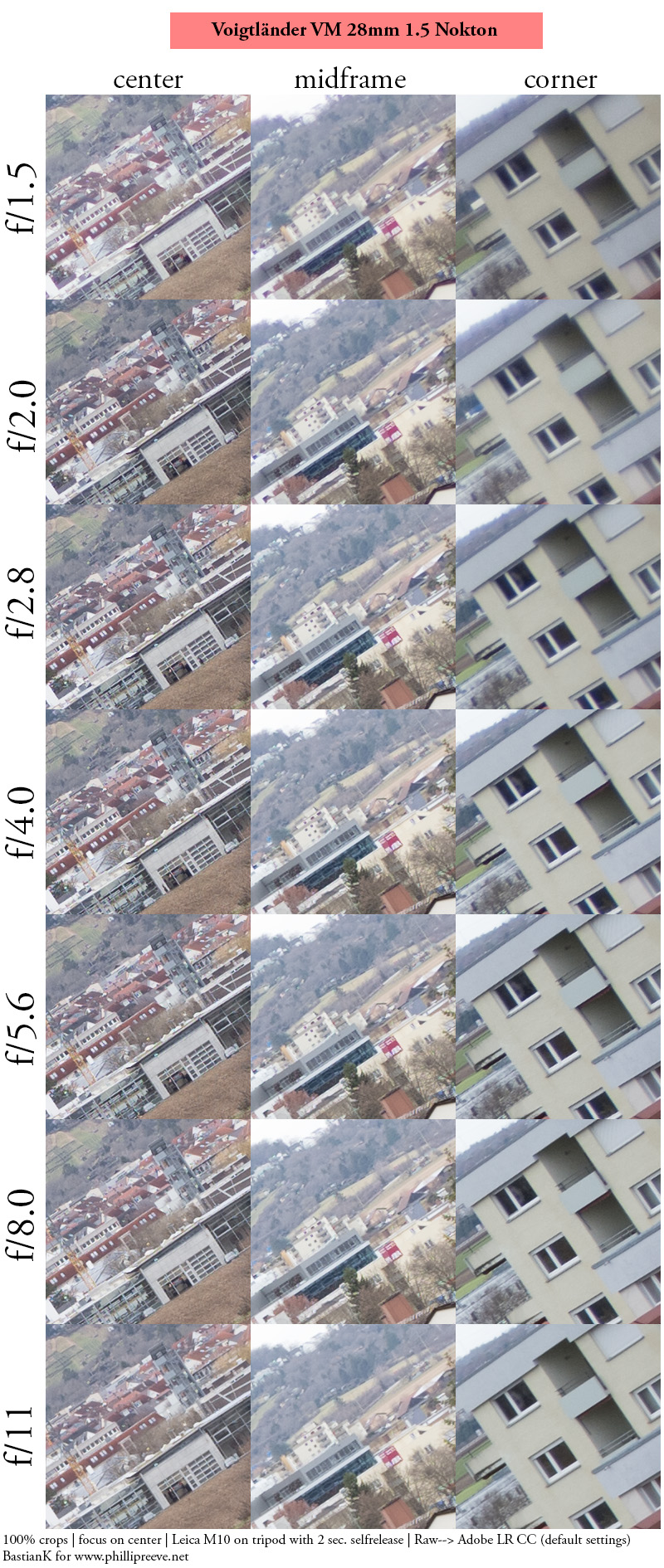

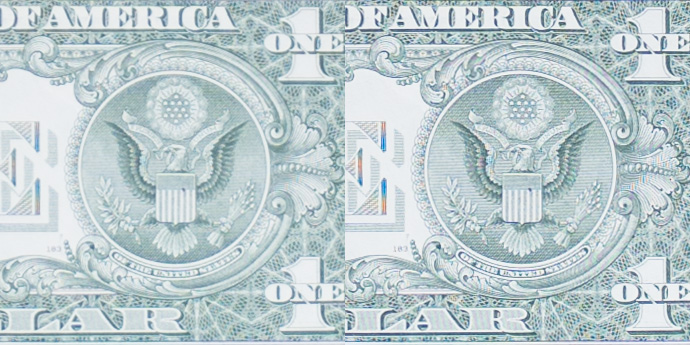


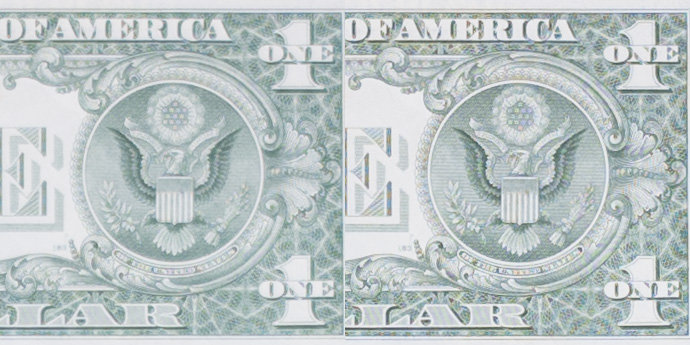













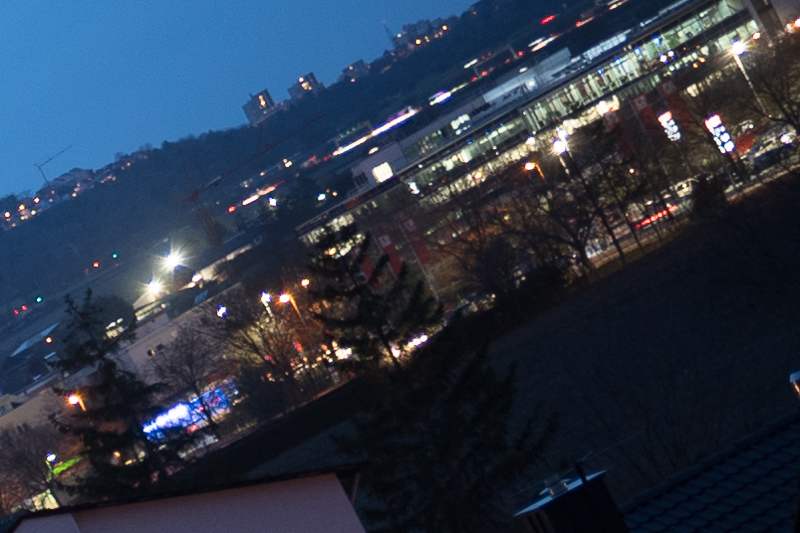
























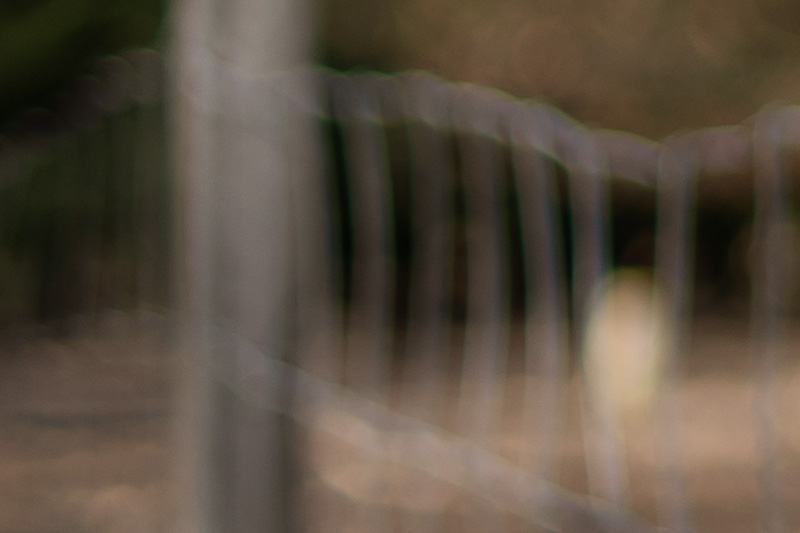
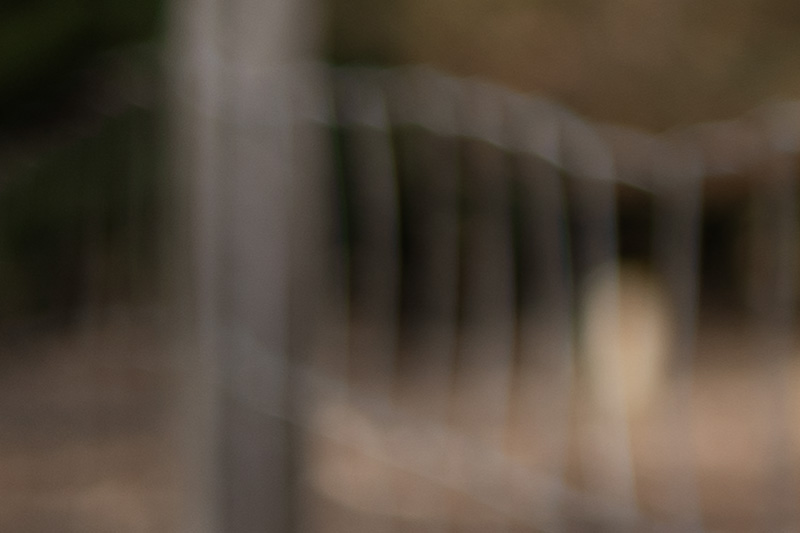

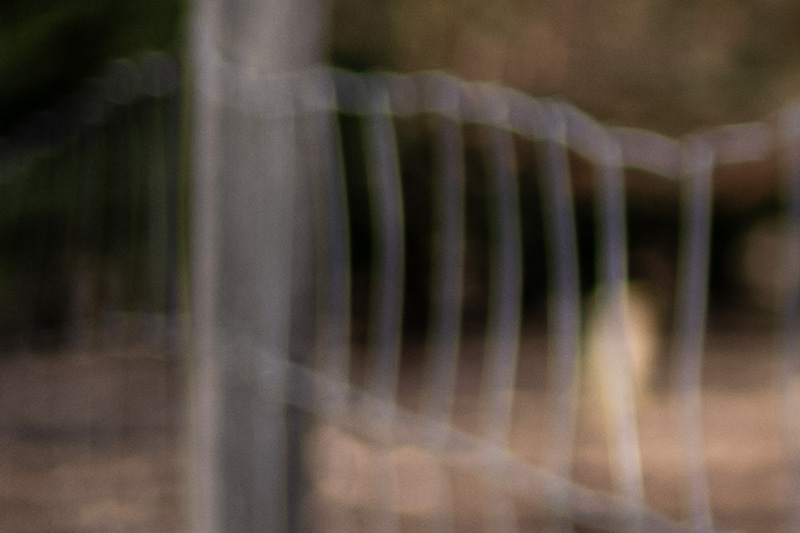





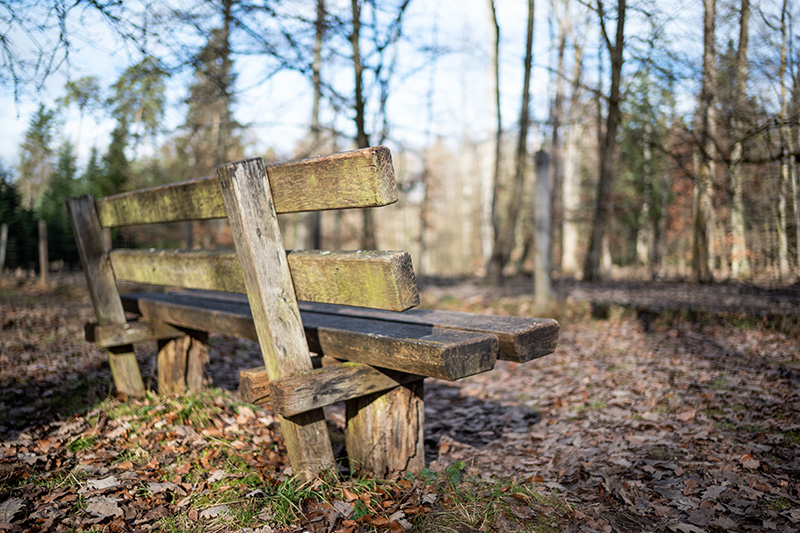
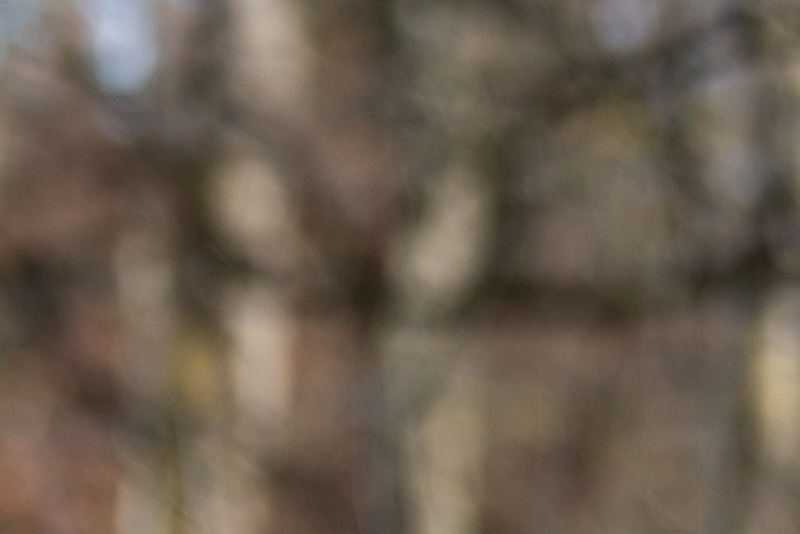


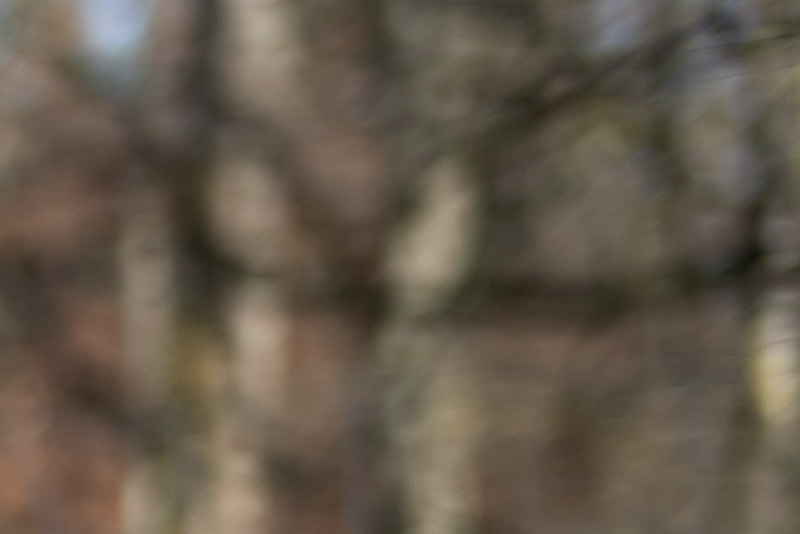




























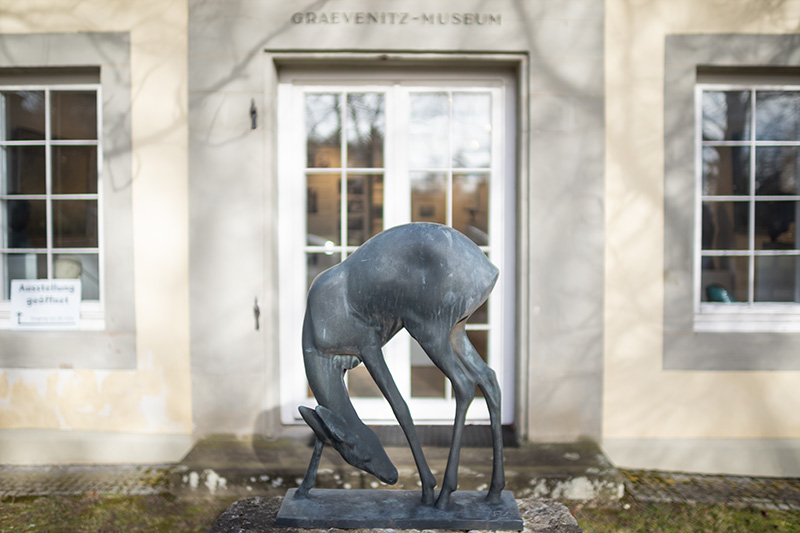












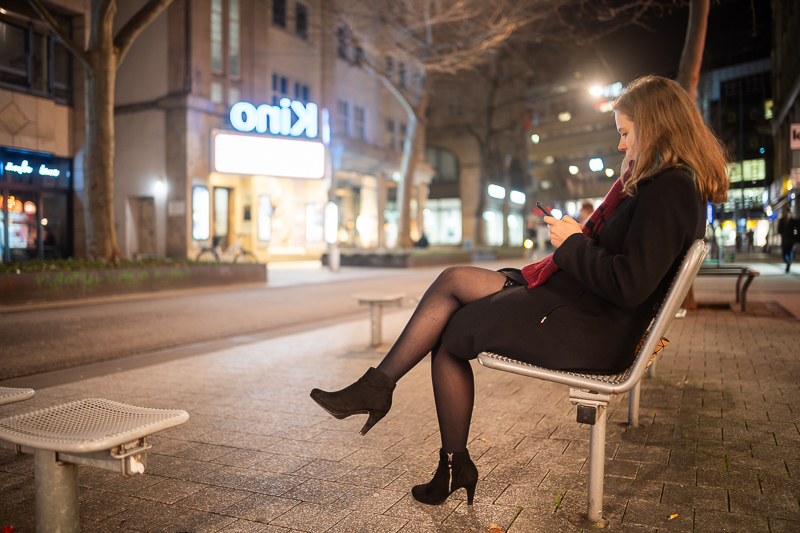




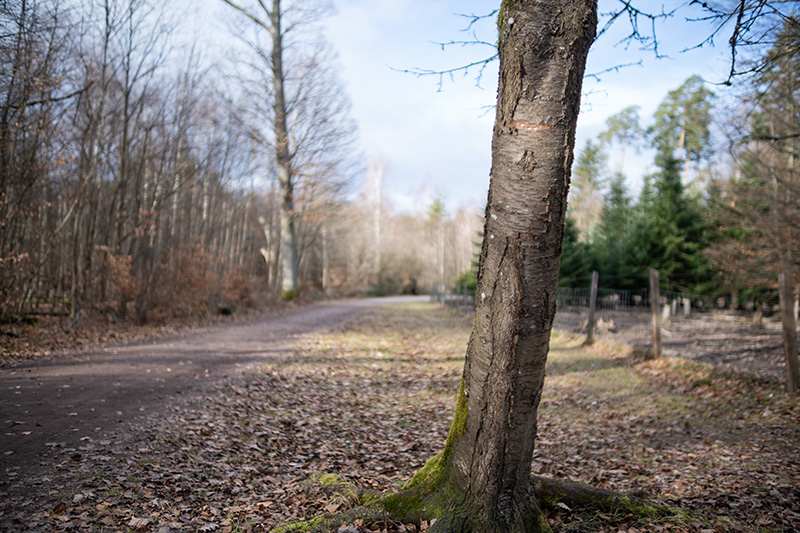





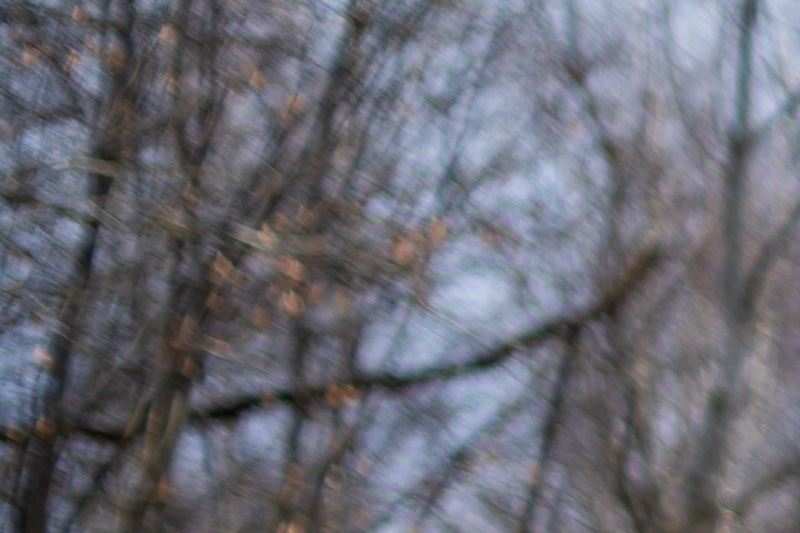


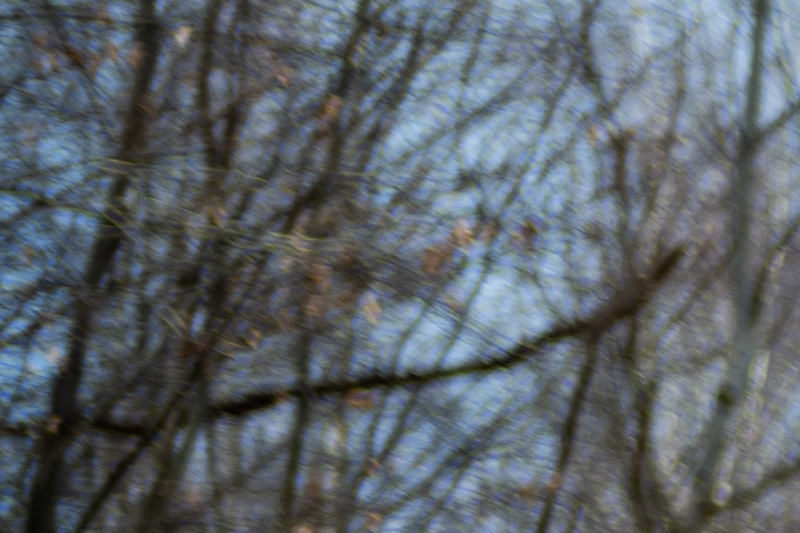















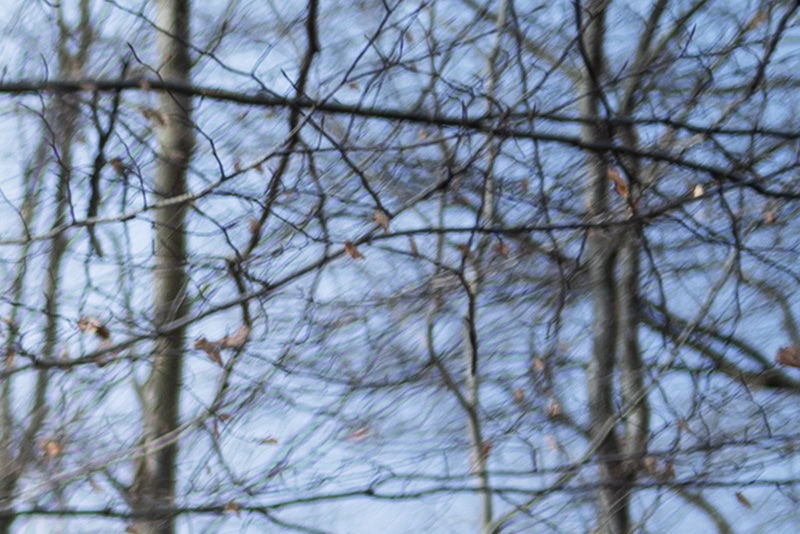


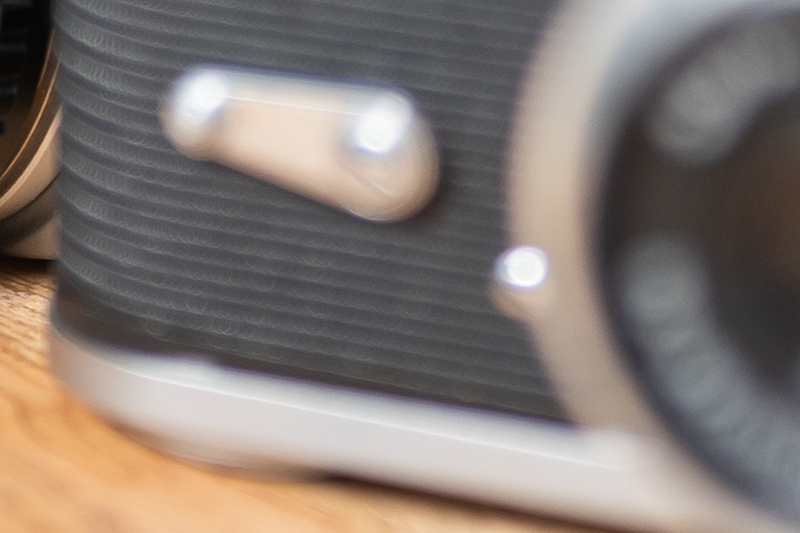



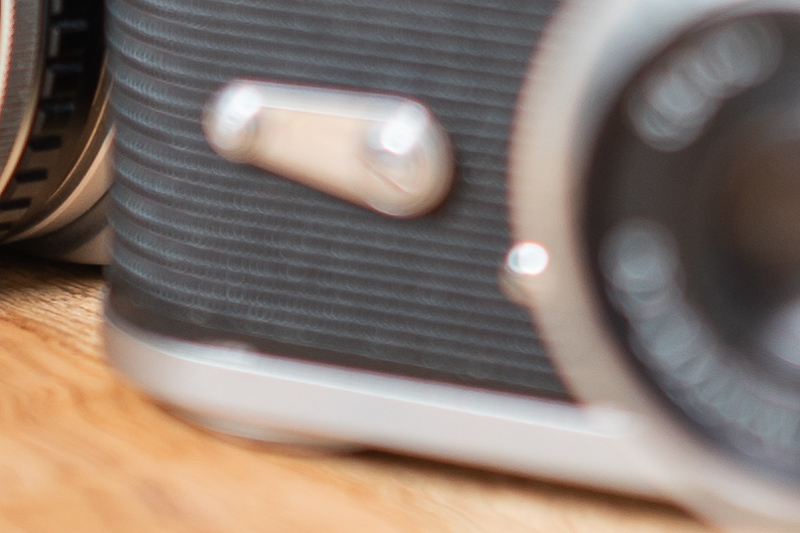







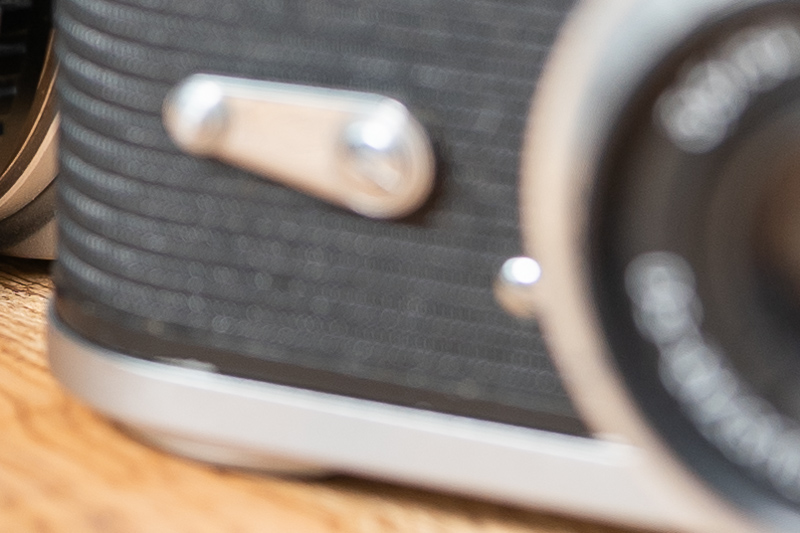



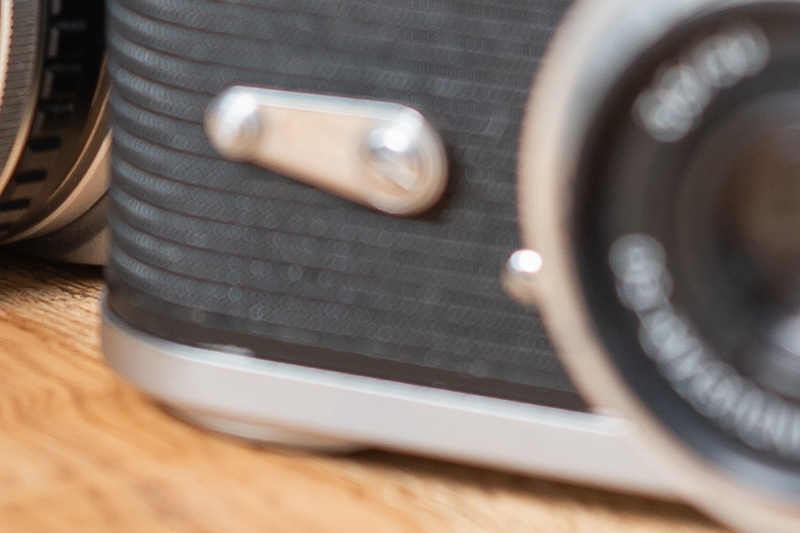




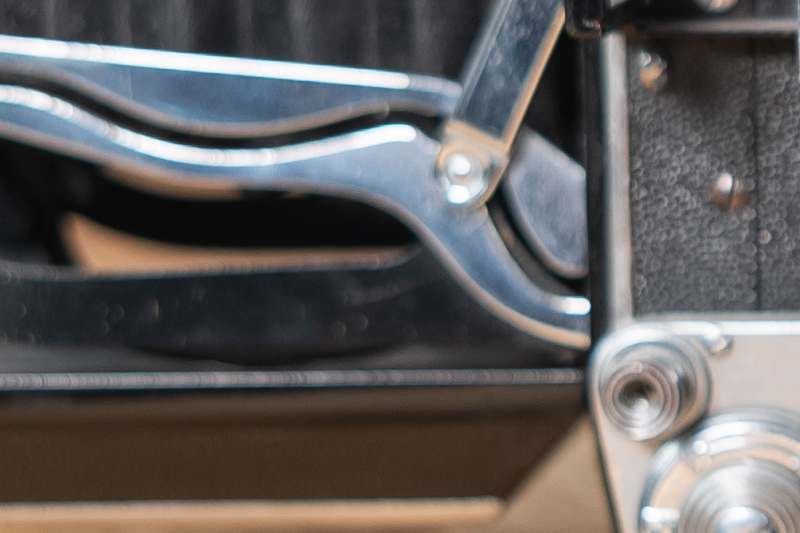
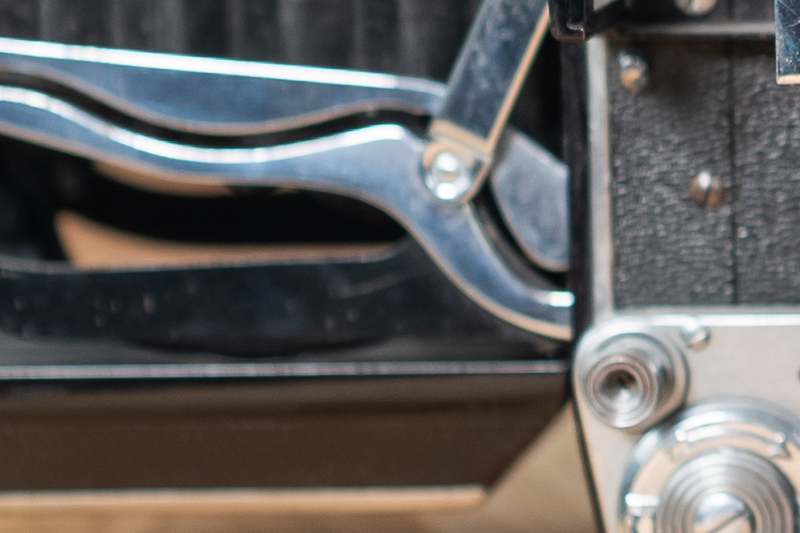












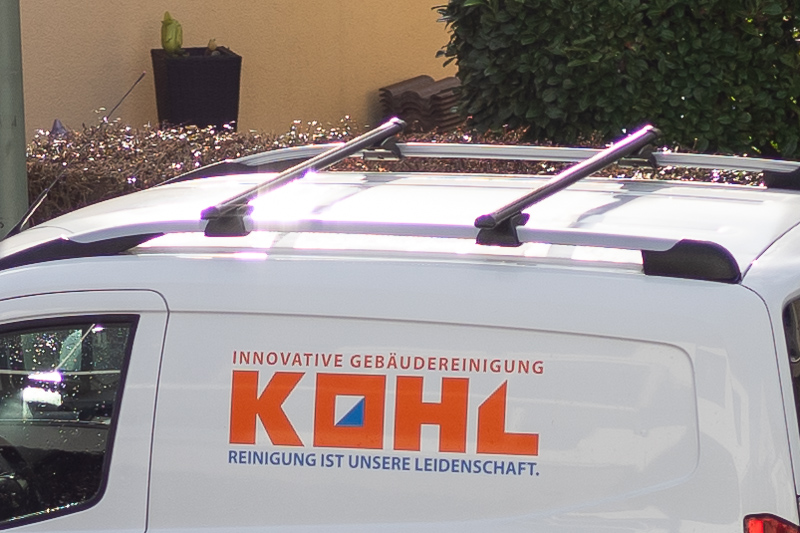






Thanks Bastian. Great work as always.
The only time the Sigma feels small for me is when its sitting next to my Sigma 24-35mm! For the life of me, I do not understand why 28mm is the only FL gap in Sigma’s otherwise extensive line up of their mirrorless i series lenses.
So true…
Yeah, I really don’t understand why they made 3x 24mm and 2x 20mm (plus 3x 35mm!) but not a single 28mm, seems like such a glaring gap in E mount overall, not just Sigma’s lineup.
Well, there is no viltrax 28/1.8 because it is not so light-bearing, but why is there no 7Artisans 28/1.4 ?
Didn’t have one.
7A 28/1.4 was also discontinued and had severe centering issues between copies
Thank you very much. What a great work.
Nabil
Thank you so much Bastian for this incredible work!
Great roundup, as an E mount user the Laowa is still tempting but I’d like to see what CV or Sigma do, if they ever make a native 28mm that is…
Totally agree.
Love these reviews and also love me a fast 28mm. I unfortunately don’t think we have any good options yet for e Mount. The Laowa is close, but I just don’t like it’s rendition ¯\_(ツ)_/¯
Cosina announced they’re making a 75/1.5 for E-Mount (YAY!) so I wonder if there is hope for them to fill in the other glaring gap in their lineup (and the market in general) that is the lack of a fast 28mm. It’s also too bad the Thypock 28/1.4 didn’t perform as well on E Mount and infinity because I actually really love the way that lens renders
It’s too bad about that field curvature on the laowa, selfishly I hope they revisit it down the line. But I still think the trade-offs are worth it and it’s the most appealing option given its size.
Yeah I agree.
Is a fast 35mm lens comparison ever in the horizon? I know there are few “pair” comparison articles but it would be cool to see 5+ lens showdown. 😉
Thanx a lot Bastian, lot of work. I bought a mint 2nd hand Sigma ART Nikon mount for 499€ to serve for astro time scapes on my D750 and full spectrum modified Z6. I tested the Laowa, but in the night-shot coma and some other issues pushed me to the more versatile Sigma. The Sigma really shines when pointed to the milky way -and even wide open- shows a lot of small stars when proper tracked. It behaves well in IR and even when I put it a the full spectrum Z6 at the starry sky, stars are still points. color is well corrected in a wide range, which is seldom the case with any lens. I didn’t get much clear skies so far with it, despite being heavy it’s a great workhorse also on the Z8.
No doubt about it.
If you don’t mind the size and weight, this is the most sensible option!
I had the 7Artisans 28 f1.4 FE-plus for two years but sold it because of the MFD, the missing sharpness wide open in the midfield between 2-5m and the weight of 590g with CF-adapter. Now I bought the Thypoch Simera 28 f1.4 and it is the first lens ticking so many boxes for me (workable MFD of 0,4m, decent weight and size, manual prime, good rendering with soft bokeh (similar to the big Sigma I liked but did not like to handle) and good sharpness and contrast). I am using the Simera on a Sony A7IV and are really happy with it – Thank you Bastian for your helpful comparison!
Glad you like it!
Really great and interesting work. I would prefer the Voigtländer on M, for its central sharpness and flare resistance. I shoot B&W so don’t care about the purple fringing, and the bokeh is decent. They just need to make this for E mount.
The Voigtländer Nokton 28mm f/1.5 has _no_ outward field curvature! (At least not enough for me to find it when scrutinizing.) I have re-done my usual field curvature tests several times. I checked again yesterday and today.
All I can find is marked OPTICAL vignetting (as we also see in this excellent review). For practical purposes, and in many situations, _it_may _look_like_ outward field curvature, but it isn’t.
The reasons I can be sure of this, are the following, using my Kolari Vision Ultra-Thin sensor modified Nikon Z6, which I have verified has effectively the same sensor glass thickness as a Leica M 240:
1) When focusing at infinity, focus in the center is reached shortly before the hard stop. However, in the sides, I need to focus to the hard stop. That means the lens has _inward_ bending field curvature, not outward.
2) When I stop down the lens to f/2.8 and do a focus bracketing series from infinity and closer, there is an even degree of blur in the entire image from corner to corner. If there was any noticeable field curvature, it should show up in this kind of test, but it hasn’t. The same applies when I focus at 1 meter and place a far subject in the center, take a picture at f/2.8, and then repeat with the same settings while having the subject in the corner. Still no difference in degree of blur.
3) When shooting wide open and focusing at shorter distances, having a structured, flat subject like a carpet or asphalt in front of the camera, I see no outward bending field curvature, but the expected deepening of focus, corresponding to what optical vignetting should do.
After thinking about this subject, optical vignetting versus bending of the plane of focus, it struck me that, if a lens with a typical amount of optical vignetting shows a completely even degree of blur from center to corner, we can conclude that the optical vignetting must have been counteracted by a corresponding amount of inward field curvature.
You are only talking about the sides when you should be looking at the corners.
Sides are 18mm from the center, corners 21.5mm.
The results could really not be more obvious here.
Wrong. I also considered the corners when checking, as described in 2) and 3).
After re-checking focus in the corners at infinity, I get the same result, so this applies to point 1) as well: Focus in the center is reached shortly before the hard stop, while the corners needs to be turned to the hard stop for best sharpness.
We see no signs of strong field curvature in the infinity sharpness tests you post. Wide open in the mid-frame on your M10, the lens is almost as sharp as in the center.
So, my conclusion is correct:
Quite strong _optical_ vignetting, which unfortunately is very obvious when there is only a mild degree of blur in the center, since the corners will look semi-sharp.
Now we have Sigma 28-45mm F1.8🤔️ Are you interested?
Not really.
I rather use my Sigma 35mm 1.2 which is the same size/weight but one stop faster at 35mm and I can crop it to 45mm 1.6 if needed.
I can live without not having 28mm in that scenario 🙂
Heck, even the Laowa 28mm 1.2 can be cropped to 45mm 1.9…
I would have preferred them to make a nice 28mm 1.2 AF lens instead.
I have bought the 28mm Simera and after checking the lens against the Nokton, the Nokton and Simera have the same amount of background in the sides and corners when stopping down to at least f/2.8 or f/4. This should make it clear that they have (at least roughly) the same plane of focus, while the Simera has less optical vignetting wide open.
Wide open and at medium to long distances, the Nokton has more micro-contrast in the center and mid-frame, while the Simera is sharper near the edges and corners. In other words, the Simera is more evenly sharp across the frame, while the Nokton is impressively sharp in the center and mid-frame, but clearly drops off near the edges and in the corners.
In the center and at minimum focus distance, the Nokton also looks sharper (better micro-contrast) than the Simera, but again, away from center, the Nokton looses sharpness, but here quite dramatically, while the Simera is sharper in the mid-frame at short focus distance.
I can also conclude that while the difference between f/1.4 and f/1.5 in theory shouldn’t be visible or at least tiny, I do notice more blur in the center from the Simera than the Nokton when scrutinizing the fore- and background.
My post above is missing an obvious word (blur) :
“… amount of background” BLUR “in the sides and corners …”
The Simera has an extra smooth bokeh behind the focus plane, but extra rough in front of the plane. This becomes obvious when viewing at 100% and adjusting the focus back and forth. Highlights gets a strong outlining when in front of the focus plane, while objects behind melts away.
Thanks Bastian, great work!
Just in time for me, since I’m torn between the Laowa 28 1.2 and the Typoch 28 1.4 for my Nikon Z in native mounts (for Nikon ZF).
I think I prefer the rendering of the TS (bokeh and field curvature), and mostly the size and weight, but I can get a Laowa for a much cheaper price…
Is the size/weight difference that noticeable in actual use?
I don’t think so, no.
Fantastic job, Bastian K, very interesting, even if I prefer smaller and lighter lenses, at the expense of maximum aperture (with f/2.8 I can do everything I usually do, like street and travel). For now I’m shooting adapted vintage glass while I patiently wait for a great 28/2.8 or 28/2 for Sony FF.
Please ignore arrogant replies… and you know what I mean.
Thanks for your comment!
I am sure many people are waiting for a higher quality nice 28mm for E-mount!
Indeed!
Hey Bastian, thanks for all the good work. I’m looking for a fast 28/35mm manual lens for my A7R and was thinking about the compact Voigtländer 35mm 1.2 and the both heavier and larger lenses from Laowa. I think the Thypoch would be a nice alternative for travel. Do you know if they managed to optimize it for e mount, yet?
Best,
Holger
No, but I have my doubts.
Hi Bastian,
Thank you very much for the review!
As a Z mount user, favoring small lense I wonder if the Voigtlander Z version is an improvement in terms of field curvature and off center sharpness as it is supposed to be optimized for Z filter stack. Do you have any info on that?
It should be a bit better in that regard, yes!
What about used Nikon 28 f1.4e $1000 vs used Nikon 28 f1.8g $250? Is it worth choose the 1.4? What about bokeh and sharpness much different? Thank you
The 28mm 1.4E is one of the best fast wide angle lenses available. Most people will still not see the differences in the final picture compared to the 28mm 1.8G.